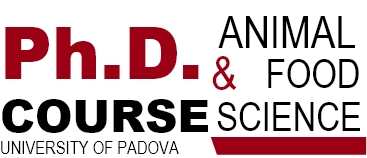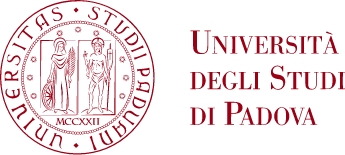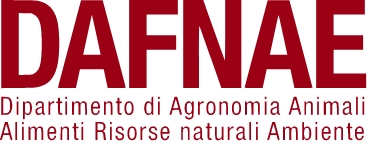Characterisation of beef production systems and their effects on carcass and meat quality traits of Piemontese young bulls
Simone Savoia, Alberto Brugiapaglia, Alfredo Pauciullo, Liliana Di Stasio, Stefano Schiavon, Giovanni Bittante, Andrea Albera (2019)
Using the Piemontese breed as a case study, we characterised beef production systems within the EU classification, and investigated their effects on carcass and meat quality traits. The research involved 1,327 young bulls fattened on 115 farms. The production systems identified by hierarchical cluster analysis were: traditional (restricted feeding and either tie-stalls or loose-housing), modern breeders and fatteners and specialised fatteners (the last two were divided in those using or not using total mixed rations). Despite the large variability in management techniques within production systems, production systems affected (P < 0.05) farm size, animal density, environmental scoring, diet, slaughter age and all carcass traits except weight. Lightness (L*) of Longissimus thoracis was the only meat quality trait affected (P < 0.05), with values greater in the traditional tie-stall system (+0.9 L*). Given the very limited effect of production systems on meat quality traits, factors related to individual animals within farms, such as genetics, should be considered for their improvement.



